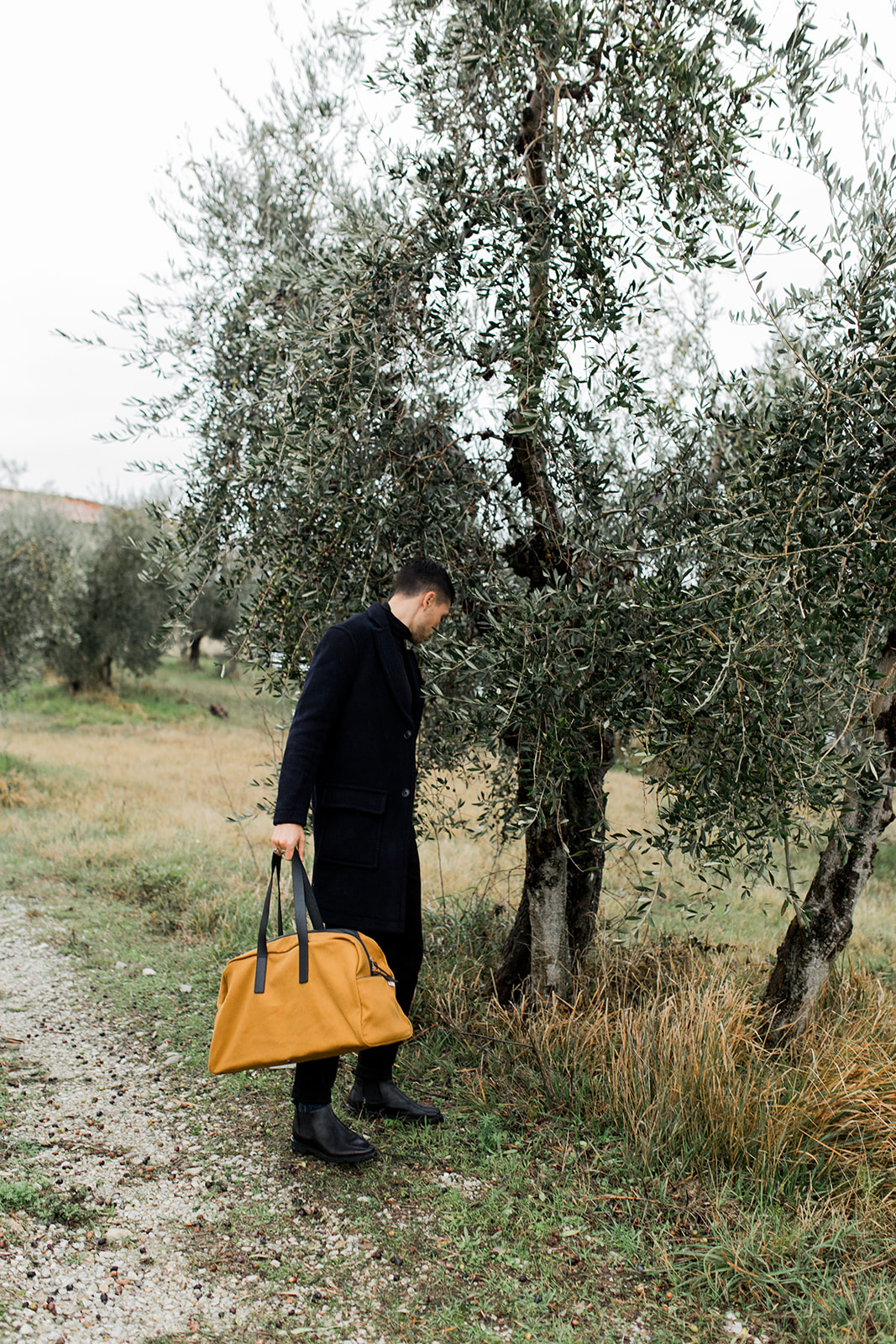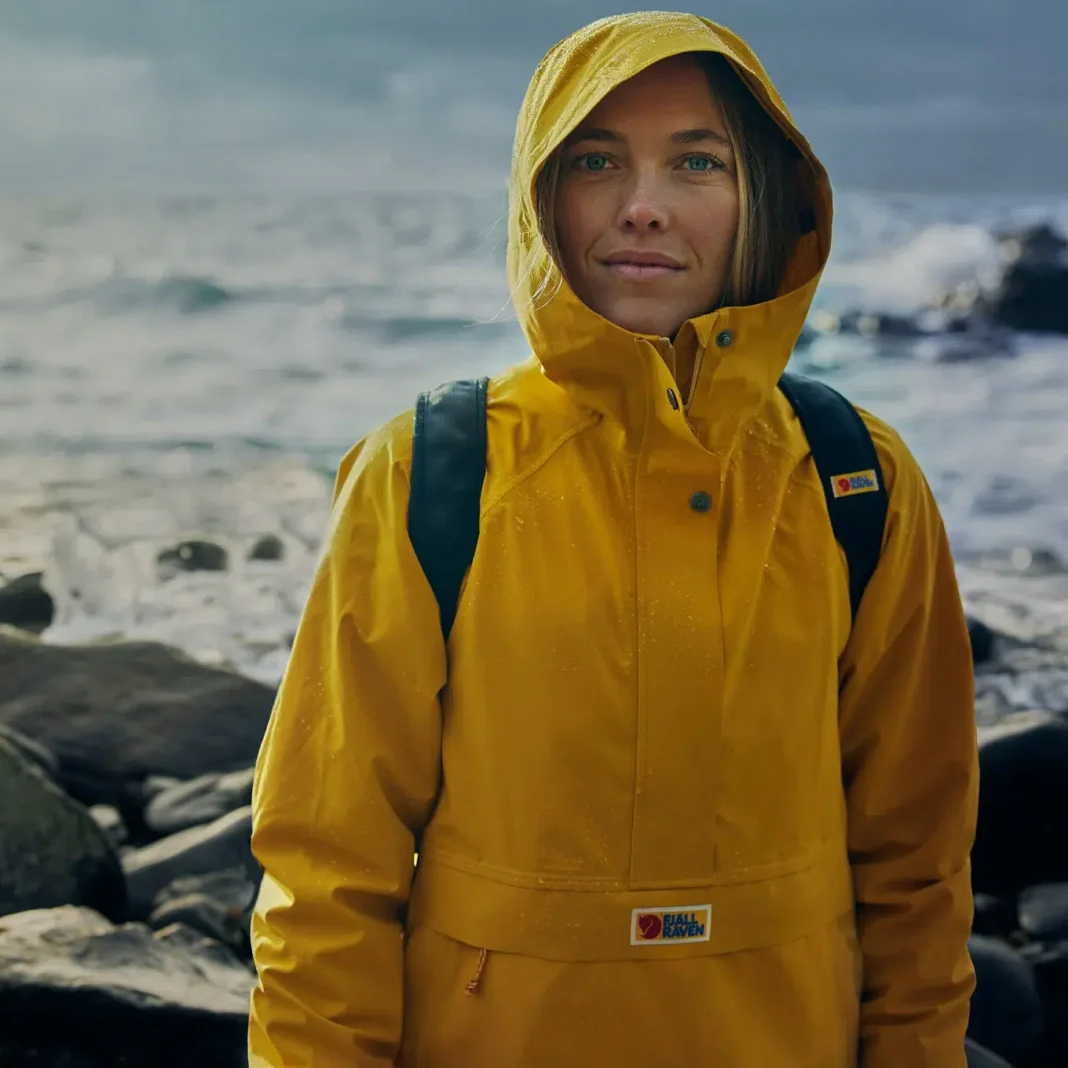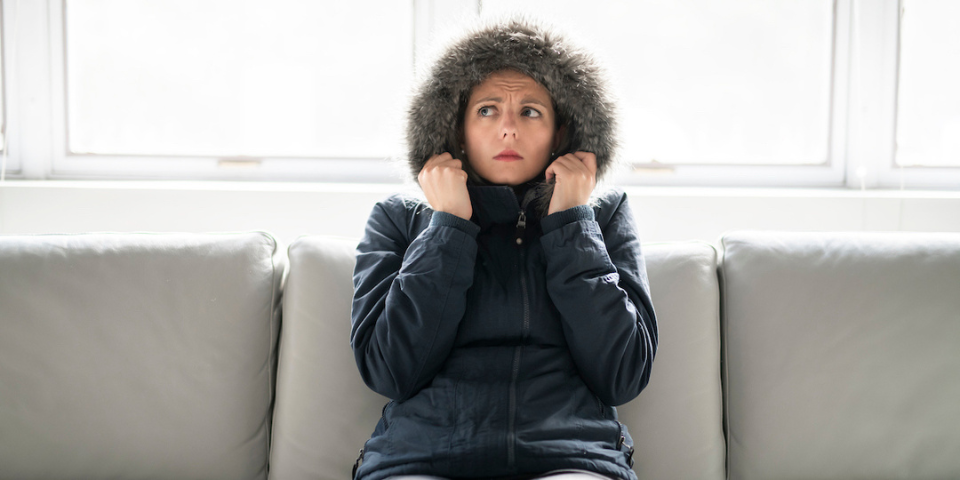Under a distant arch, a single violin played I Have A Dream by ABBA, one of my long-favorie songs. The melody resonated out over the Plaza De España as I stood quietly by the water. It was a sign, I was sure — but of what?
“Dreams and music,” an angel card reader had told me the previous year. “Those will be important in your life, pay attention to them.”
I was on my first-ever international trip, alone, and nursing an illness on day 9 of my travels. I had just come from being posted up by the Catedral de Sevilla, where Christopher Columbus is entombed in bronze. While I refused to pay the entry fee to see the grave of a colonizer, I did sit outside on ancient stones, watching people pass by and contemplating the dismal magnitude of someone like Columbus being buried inside a Catholic cathedral.
“I had no plans, no reservations, just my wandering self setting out to see what I could. And it was perfect.”
That day, I walked over 14 miles, winding through gardens of a city I’d never been to, popping into cafes for my espresso, and bars for glasses of wine and tapas. At one pub, I complimented a man on his pink nailpolish and we shared a conversation about his favorite places in town. I had no plans, no reservations, just my wandering self setting out to see what I could. And it was perfect.
What is wandering?
Wandering is simply the act of allowing yourself the grace of no plans, no directions, and no expectations. There are no “shoulds” or “have tos” in wandering; only the joy of listening to your gut and actually following it. (Note, this is different than following intrusive thoughts, I’m sharing some thoughts on safety below!)
My favorite way to wander is on foot, but you can easily wander by driving your car out of town until a highway exit looks interesting, or hopping on the first bus you see and riding for a random number of stops. Or, even, if you’re not able to get out and about, you can try wandering Reddit threads or letting YouTube play recommended videos automatically — basically you just release the reins of control for a little while, and remain open to experiencing something new.
While it may not be easily available for folks with strict schedules or caregivers, there’s still ways to incorporate a bit of wandering into your daily life. Think: taking a different route to work, bringing your kiddos to a park none of you have been to before, or even just ordering takeout from a new place.
Wandering invites disappointment, but you also open the door for something new to go beyond your expectations.
“Wandering invites disappointment, but you also open the door for something new to go beyond your expectations.”
Why you should wander
Wandering — whether physically or mentally — can unlock surprising benefits for the brain and overall well-being. Research shows that engaging in activities like exploring new places or allowing your mind to drift can help forge new neural pathways. This process, known as neuroplasticity, is an essential exercise to keep our minds sharp and flexible as we age (while routines are great, they can easily turn into ruts — or “slumps” — which can be disembodied and depressing).
When we break out of habit loops, whether it’s via mindfulness practices or wandering somewhere new, we can begin to create healthier routines. Even the simple act of navigating without GPS can support our spatial memory and decision-making skills. (Studies have even shown that London taxi drivers who navigate complex city maps without GPS direction experience growth in their hippocampi over time. Back to paper maps, anyone??)
“Wandering can help us find more creative inspiration, strengthen skills like navigation and decision-making, and break out of old routines that no longer serve us. “
Beyond physical wandering, letting your mind roam freely also has its perks. While daydreaming has been the hallmark of the distracted child in a classroom, it’s much more creative and productive than it’s made out to be. Researchers have found brain-boosting benefits to letting our minds wander, like enhanced problem-solving skills and improved mood.
Wandering is worth it, even if it’s scary at times. All of these benefits help us find more creative inspiration, strengthen skills like navigation and decision-making, and break out of old routines that no longer serve us. So, join me in embracing the unknown (but let’s do it safely).
How to wander safely
In all my years of wandering (I used to wander the woods as a child, wandered the malls as a teenager, and wandered campus as a college student), I’ve picked up a few safety habits along the way. Here are some tips:
- Don’t stare down at your phone while you’re walking. Not only does it make you more likely to trip, but it also can signify you’re a stranger in the city. If you do need to check your map, pull over to the side of the sidewalk furthest from the street and stand stationary when it’s safe to do so.
- Don’t be afraid to ask for help, but be mindful. I prefer to ask restaurant or convenience store staff for directions or advice instead of random folks I pass on the street. This is also a great way to get local recommendations (if you’re travelling in a place you don’t quite speak the language, learn how to say “Where are your favorite places to go?” or “What places should I see as a visitor?”)
- Have a general idea of how far you’ve wandered from home (and in what direction). If you need to make a quick exit from a street or cafe, you’ll know which way to start heading to get back to your rendezvous point. Side note: If you need to leave because a stranger is making you uncomfortable, it’s also wise to take a few extra turns in case someone follows you.
- Give yourself breaks. When I was in Spain, I popped into cafes or pubs along the way on a regular basis. This gave me a chance to decide my next moves, refuel on drinks and snacks, and use the restroom before I left. Bonus — eating less, but more frequently, allows you to experience more restaurants and pick favorites for full meals.
- End goals are great, but so are surprises. I often start a day with rigid expectations of what I’m going to see or accomplish. But, I’ve found that the days I have the fewest plans can be the most magical — it’s how I found myself in casual conversation with a bartender in Los Angeles, discovering he is from my hometown and that we have mutual friends. Having zero plans also has taken me to the most delicious pho in Singapore, and the best local brews in Big Bear.
Basically, it boils down to this: get lost, but don’t get lost in thought.
If wandering without a task or activity sounds stressful to you, enlist the help of a friend and bring your cameras along for a photo walk. I’ll never forget watching my friend snap a photo of a chef flipping stir fry in a wok at just the right moment — flames engulfing the bottom of the pan, the red neon lights outside the restaurant framing the shot. “This is the shot,” he said, beaming. We had just been wandering downtown on a regular Thursday, and we found magic.
Consider this your open invitation to wander a little bit this week — let your feet and your gut guide you, and release all of those expectations we are taught to constantly hold. This is your life, and you get to experience every inch of it the way you want.
Looking back at that December day in Spain, I know now what sign I was receiving from the violin in the plaza, and all the other synchronicities I had experienced on that trip: I was exactly where I needed to be at that moment. My wandering was being rewarded.
“Keep your mind open to possibility, your heart open to joy, and your feet open to wandering.”
It’s true in all of life, really, for better or for worse, because we only ever get to experience our present moment no matter where we’re at. Those little signs and encouragements from the universe are always there if you look for them.
So keep your mind open to possibility, your heart open to joy, and your feet open to wandering.
Emily McGowan is the Editorial Director at The Good Trade. She studied Creative Writing and Business at Indiana University, and has over ten years of experience as a writer and editor in sustainability and lifestyle spaces. Since 2017, she’s been discovering and reviewing the top sustainable home, fashion, beauty, and wellness products so readers can make their most informed decisions. Her editorial work has been recognized by major publications like The New York Times and BBC Worklife. You can usually find her in her colorful Los Angeles apartment journaling, caring for her rabbits and cat, or gaming. Say hi on Instagram!


